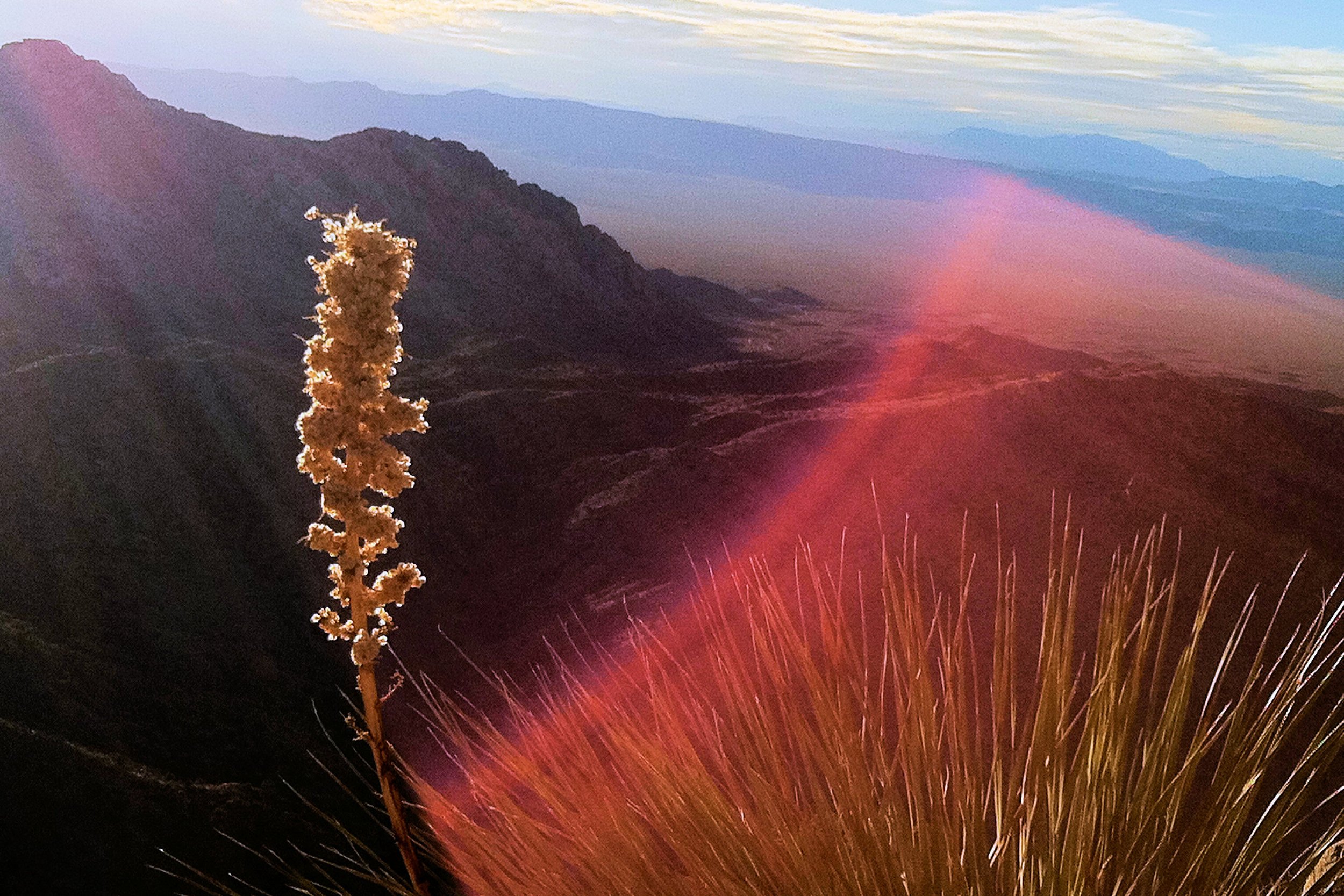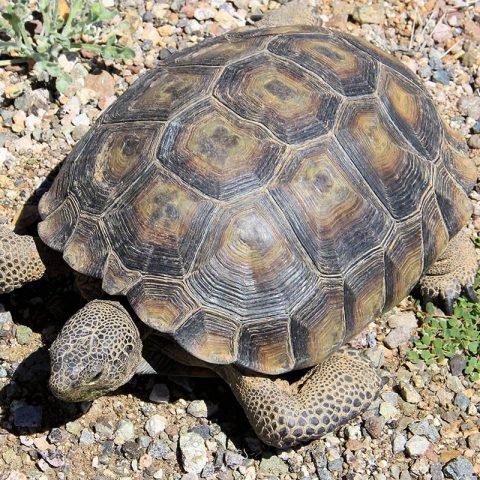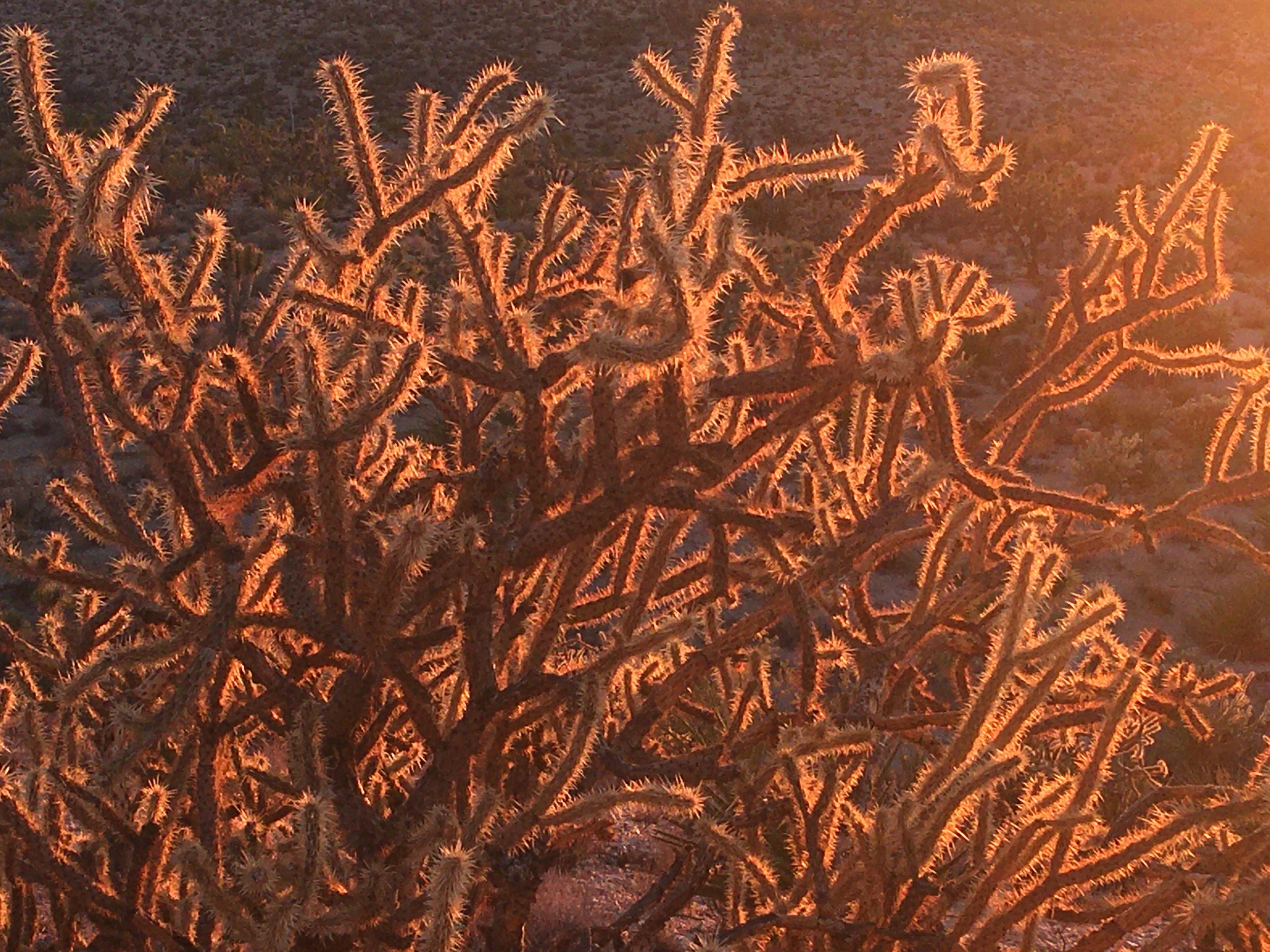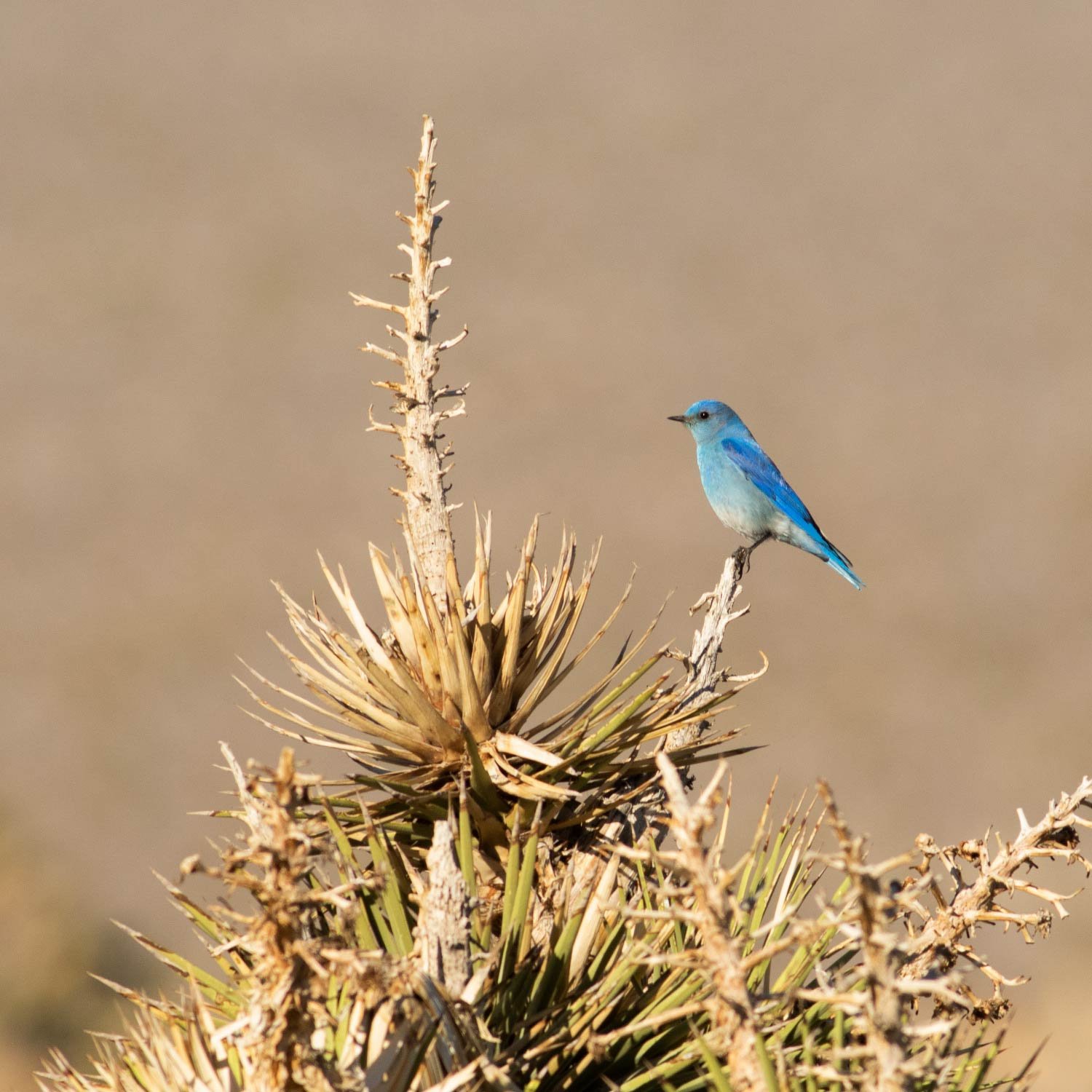AVI KWA AME NATIONAL MONUMENT
A national treasure in Southern Nevada, containing some of the most visually stunning, biologically diverse, and culturally significant lands in the entire Mojave Desert.
DEFENDING PUBLIC LANDS
MONUMENT ADVOCACY UPDATES






What makes Avi Kwa Ame (Ah-VEE kwa-meh) National Monument special?
Stretching from the Newberry mountains in the east to the New York, South McCullough, Castle, and Piute mountains in the west, these lands feature dramatic peaks, scenic canyons, natural springs, sloping bajadas covered with ancient Joshua tree forests, unique grasslands, and a rich history of rock art and other cultural sites.
The entire area is considered sacred by ten Yuman speaking tribes as well as the Hopi and Southern Paiute. For the Yuman tribes, the area is tied to their creation, cosmology, and well-being. Spirit Mountain, called Avi Kwa Ame by the Mojave Tribe, is located on the eastern boundary of the Monument. It is designated a Traditional Cultural Property on the National Register of Historic Places in recognition of its religious and cultural importance.














The Searchlight Gold Beam is now a project of the Friends of Avi Kwa Ame.
Learn more about the first official publication celebrating the Avi Kwa Ame National Monument.
WALKING BOX RANCH
Now part of Avi Kwa Ame National Monument, this historic cattle ranch was once the desert home of silent film stars Clara Bow (Hollywood’s first “it girl”) and Rex Bell.
Join us for monthly events, tours and volunteer opportunities at Walking Box Ranch!
LAND ACKNOWLEDGMENT
Avi Kwa Ame mountain and the land within Avi Kwa Ame National Monument is considered sacred to at least twelve different local tribes, including the Mojave, Hualapai, Yavapai, Havasupai, Quechan, Maricopa, Pai Pai, Halchidhoma, Cocopah, Kumeyaay, Nuwuvi (Southern Paiute) and Hopi. For the ten Yuman-speaking tribes, Spirit Mountain is considered their origin place.
We offer gratitude for the land itself, for those who have stewarded it for generations, and for the opportunity to protect, advocate for, learn from, and be in community with this land.










